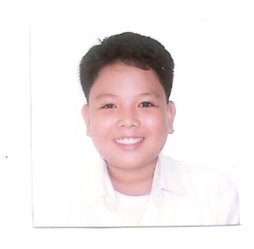
Fiber optics (optical fibers) are long, thin strands of very pure glass about the diameter of a human hair. They are arranged in bundles called optical cables and used to transmit light signals over long distances.
Parts of a single optical fiber
If you look closely at a single optical fiber, you will see that it has the following parts:
Core - Thin glass center of the fiber where the light travels
Cladding - Outer optical material surrounding the core that reflects the light back into the core
Buffer coating - Plastic coating that protects the fiber from damage and moisture Hundreds or thousands of these optical fibers are arranged in bundles in optical cables. The bundles are protected by the cable's outer covering, called a jacket.












